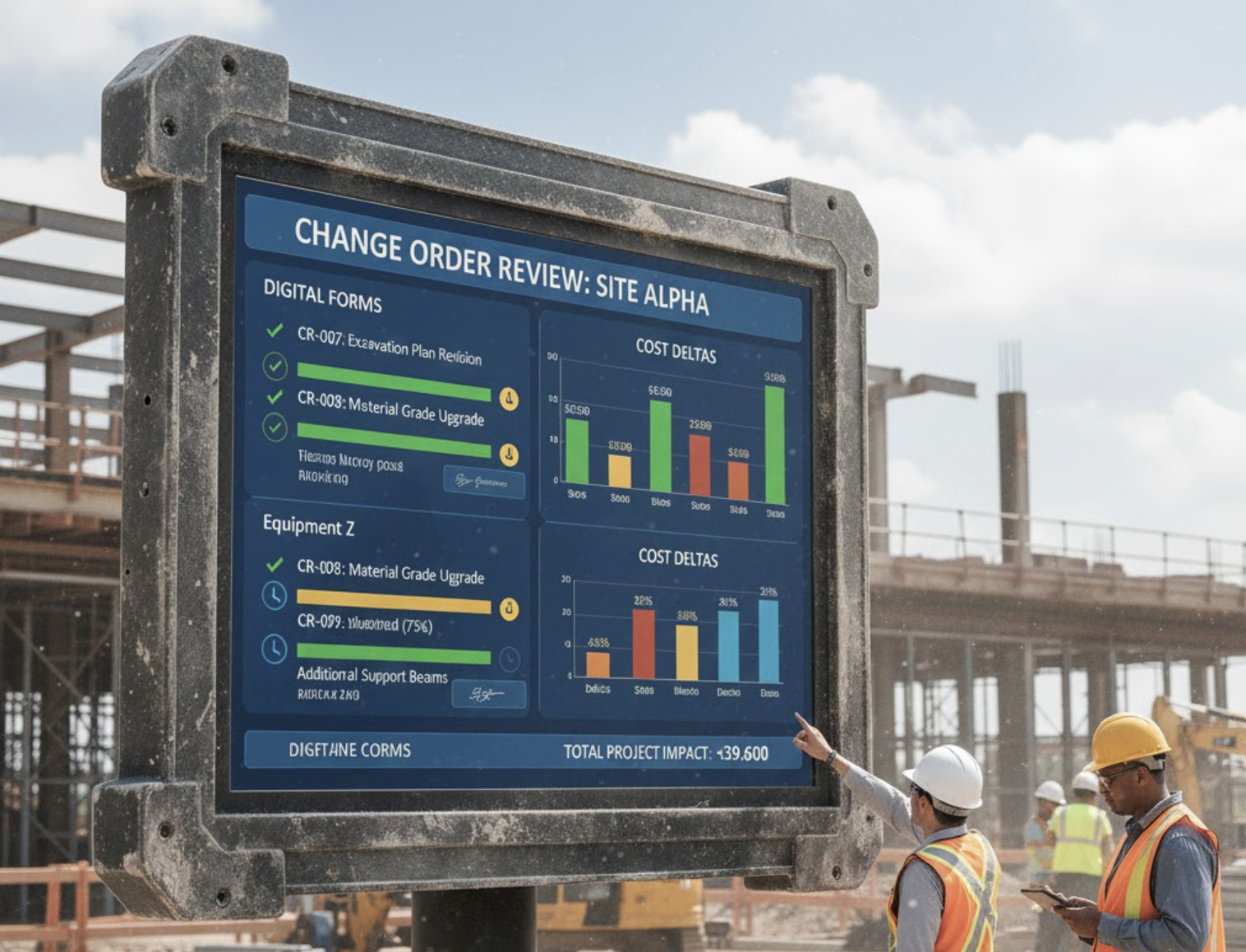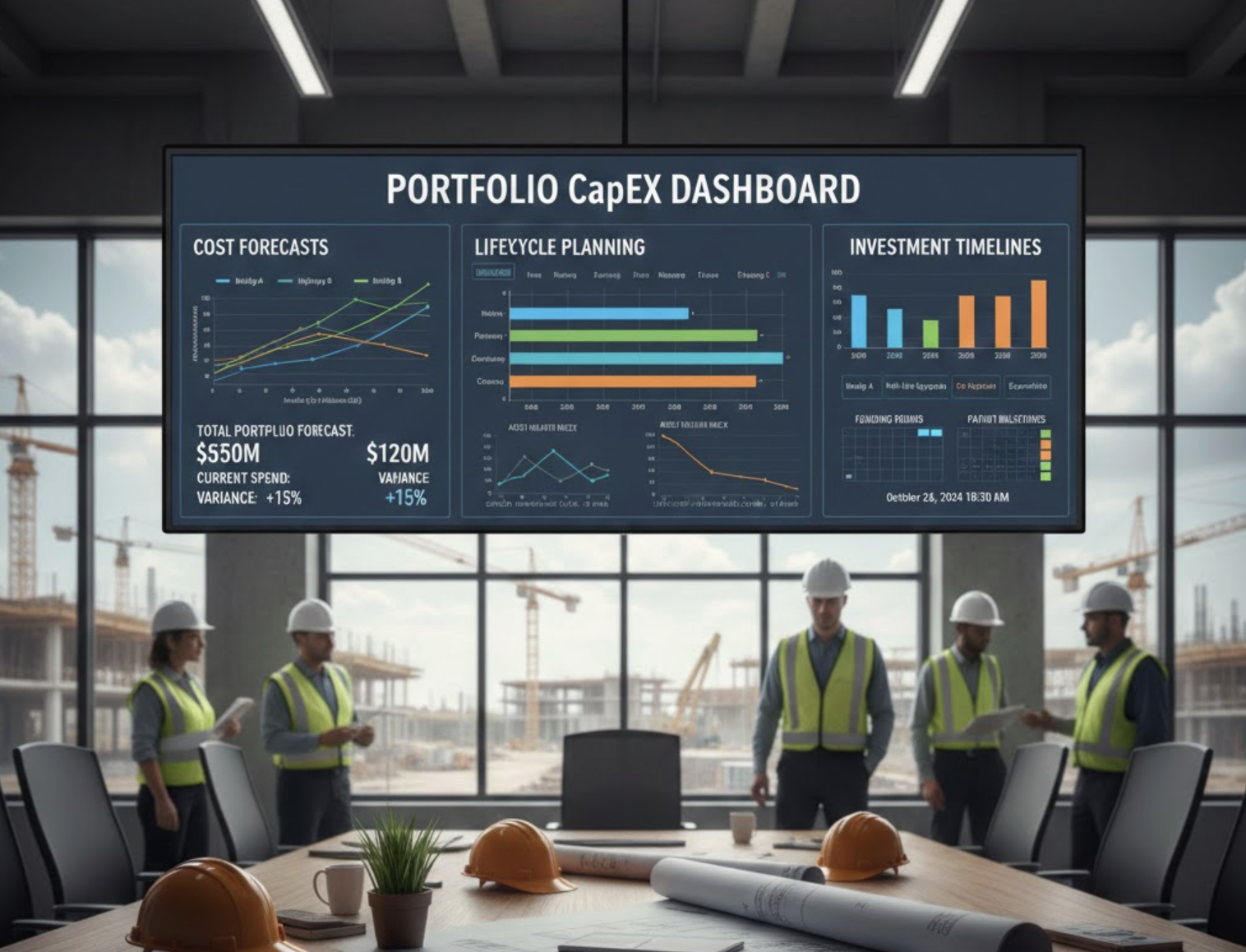Why You Can’t Rely on Consultants Alone for Risk Forecasting
In the intricate world of construction project management, risk forecasting is paramount to ensuring project success. While consultants bring invaluable expertise to the table, relying solely on them can lead to several significant pitfalls. This blog will delve into the main reasons why exclusive dependence on consultants may fall short, presenting a compelling argument for integrating in-house expertise and advanced tools like Zepth’s construction financial management platform.
Key Concepts and Challenges of Relying Solely on Consultants for Risk Forecasting
Data and Information Limitations
One of the primary challenges in depending solely on consultants for risk forecasting is the data barrier. Consultants typically lack access to the nuanced internal data that in-house teams have continual access to. This limitation hampers their ability to provide precise risk forecasts tailored to the company’s unique operational environment. Consequently, key internal vulnerabilities may remain unaddressed, leading to an incomplete risk profile that jeopardizes project success.
Lack of Continuous Monitoring
Risk assessment is a dynamic process that necessitates a continuous review of evolving project circumstances. While consultants provide initial assessments, they often lack the resources or authority needed to continuously monitor risk factors. In contrast, in-house teams play a critical role in tracking these changes, allowing for timely adjustments to risk forecasts based on emerging data. With tools like Zepth, organizations can ensure ongoing updates and real-time insights essential for effective risk management.
Limited Understanding of Company-Specific Risks
Expertise varies widely among consultants, but they often miss the intricate cultural aspects and operational specifics that in-house teams navigate daily. This lack of internal knowledge can lead to the oversight of critical risk factors that need to be addressed. To mitigate these risks effectively, it is essential to blend external insights with intimate in-house knowledge.
Dependence on Generic Models and Assumptions
Consultants frequently rely on standardized models and historical assumptions, which may not hold relevance in today’s shifting landscape. Such generic methodologies can obscure unique risks and underestimate emerging threats. In contrast, in-house teams can utilize more sophisticated, tailored approaches—such as advanced quantitative methods—to adapt effectively to complex risk environments and enhance forecasting accuracy.
Consequences of Inaccurate Risk Forecasting
Forecasts that are not continuously updated can lead to major project setbacks, missed deadlines, and budget overruns. This is particularly problematic in an industry where every decision directly impacts profitability and timelines. In fact, studies have shown that firms employing comprehensive quantitative methods tend to experience fewer forecasting errors. Continuous refinement of these models typically rests with internal teams, who have both the tools and the responsibility to maintain their effectiveness.
Alignment with Strategic Planning
For risk forecasts to be truly effective, they must align with broader organizational goals such as budgeting and strategic planning. In-house analysts can ensure that risk insights are woven into capital project planning, thereby enhancing decision-making across all levels of the organization. In comparison, external consultants may focus on isolated forecasts that lack contextual integration.
Emerging Innovations in Risk Forecasting
AI and Advanced Quantitative Models
Our industry is witnessing the adoption of advanced technologies—particularly AI and machine learning—that improve risk forecasting accuracy. For example, Zepth provides construction analytics and insights tailored to specific project needs. These innovations facilitate real-time monitoring and agile updates to risk forecasts, but they are most effective when supplemented by in-house expertise that understands the specific requirements of the organization.
Integrated Data Environments
Using a common data environment for construction, such as Zepth’s platform, enables seamless data integration. This enhances communication between consultants and in-house teams, provides up-to-date information, and ensures that risk management strategies are both proactive and reactive. Without such integration, organizations face the challenge of isolated data that does not contribute effectively to the larger risk management narrative.
Best Practices for Balancing Consultant Expertise with In-House Knowledge
Adopt a Hybrid Approach
Combining the best practices of external consultants with the insights of in-house teams creates a more robust risk forecasting process. Consultants can initiate the analysis and provide valuable external perspectives while internal professionals consistently refine and adapt forecasts based on the latest project developments and data. This hybrid approach not only enhances the accuracy of forecasting but also fosters a culture of continuous improvement.
Utilize Construction Financial Management Tools
Implementing comprehensive construction financial management tools, such as Zepth’s financial management platform, is pivotal in ensuring accurate risk assessments. These tools allow for ongoing data integration and real-time updates, breaking down barriers that commonly hinder effective risk management.
Regularly Validate Data and Refine Models
To maintain the integrity of risk forecasts, continual auditing and improvement of underlying assumptions and models is essential. Utilizing advanced analytics with a dedicated focus on construction risks allows in-house analysts to pivot quickly in response to new developments. This adaptability is key to foreseeing potential challenges early.
Conclusion: Embracing a Comprehensive Risk Management Strategy
In conclusion, while consultants offer substantial benefits in the realm of risk forecasting, they cannot replace the nuanced understanding and continuous oversight that in-house teams provide. By leveraging platforms like Zepth, organizations can create a collaborative environment that merges external insights with robust internal data, allowing for a more effective and agile risk management strategy. Utilizing advanced technology allows for dynamic risk tracking, improved communication, and better alignment with strategic objectives.
To ensure that your risk management processes are as effective as possible, consider adopting a comprehensive approach that empowers both consultants and internal teams. Doing so will not only enhance forecasting accuracy but also promote a culture of informed decision-making across your organization.




